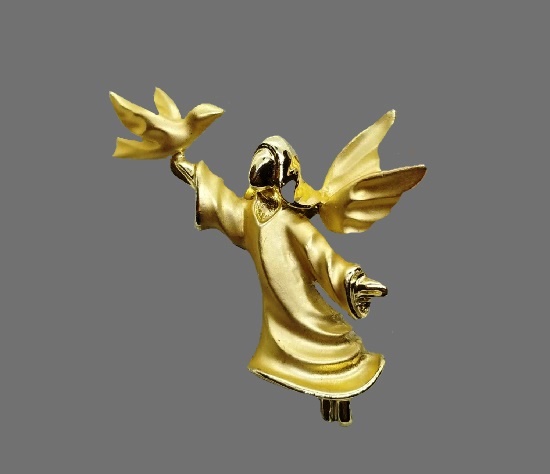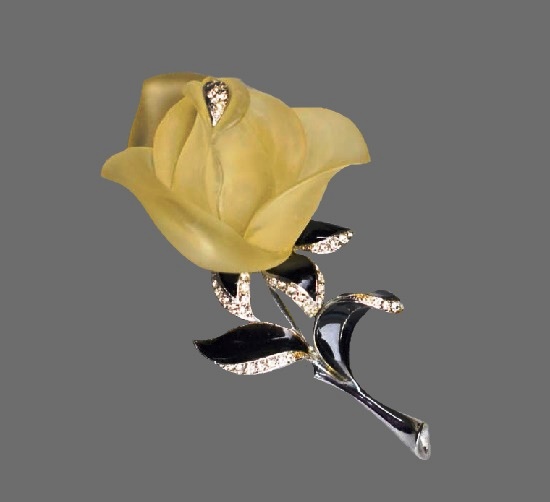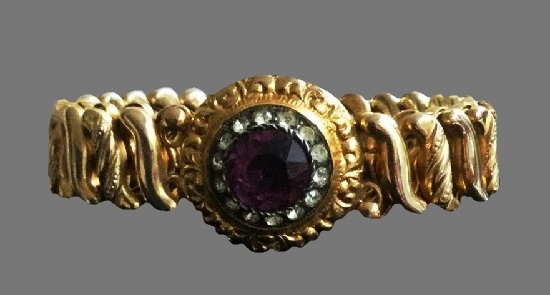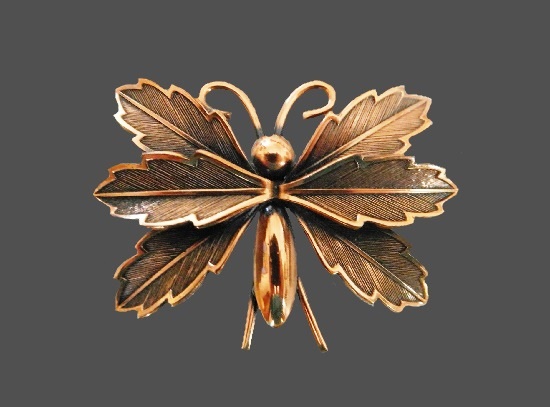Kathryn Regier Gough artisan jewelry
Kathryn Regier Gough artisan jewelry
Born in 1935 in Kansas and raised in Virginia, Kathryn Regier Gough is a professional arts and crafts artist, painter and jewelry designer. In the mid-1970s, she began studying jewelry, as well as graphics, engraving, pottery and weaving. Also, she learned metalsmithing, and silversmithing. Noteworthy, her enameling technique is self-taught and differs from other enamelists. According to the artist, there are five or six people in the United States, who work in the same technique.
Huntington, New York based jeweler from the 1980s and 90s, she created abstract floral design brooches, necklaces and pendants that reveal the painter’s eye. For her abstract and floral design pieces, she used multicolor cloisonne enamel, mostly pastel tones, sterling silver and 18 K gold. Also, she used gold foil within the layers of enamel which gives a golden glow to the piece. Traditionally, she signed her pieces with initials KRG on oval cartouche. Sometimes she engraved her signature and the year of manufacture.
Crafted by a talented designer Kathryn Regier Gough, unique wearable pieces of art are exhibited in museums, and written about.
Read more »






